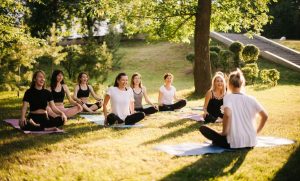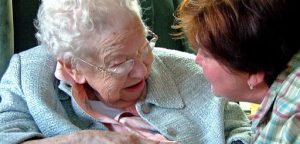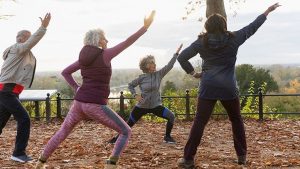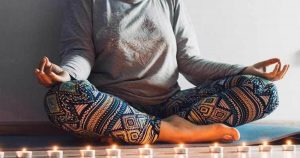Mindfulness Improve Social Media Control While Social Media Control Improves Mindfulness
By John M. de Castro, Ph.D.
“social media overuse is increasingly commonplace today, and it may have some serious repercussions to your physical and mental health.” – Kristeen Cherney
Over the last few decades, the internet has gone from a rare curiosity to the dominant mode of electronic communications. In fact, it has become a dominant force in daily life, occupying large amounts of time and attention. As useful as the internet may be, it can also produce negative consequences. “Problematic Internet Use” is now considered a behavioral addiction, with almost half of participants in one study considered “Internet addicts”, developing greater levels of “tolerance” and experiencing “withdrawal” and distress when deprived. This phenomenon is so new that there is little understanding of its nature, causes, and consequences and how to treat it.
Mindfulness training has been shown to be helpful with each of the components of addictions, decreasing cravings, impulsiveness, and psychological and physiological responses to stress, and increasing emotion regulation. It is no wonder then that mindfulness training has been found to be effective for the treatment of a variety of addictions. It also has been found to be helpful in overcoming internet and smartphone addictions. But there is a need to further explore the effectiveness of mindfulness training on one form of internet addiction, social media addiction.
In today’s Research News article “The reciprocal relationships between social media self-control failure, mindfulness and wellbeing: A longitudinal study.” (See summary below or view the full text of the study at: https://www.ncbi.nlm.nih.gov/pmc/articles/PMC8336798/ ) Du and colleagues recruited participants online between the ages of 16 to 60 years of age and had them complete measures of social media control, mindfulness, well-being, and life satisfaction. They completed the measures three times at four-month intervals.
They found that the higher the levels of mindfulness at all measurements the higher the levels of social media control, well-being, and life satisfaction at all measurements. They also found evidence that social media control at the first measurement was associated with better mindfulness at the second measurement which was, in turn, associated with better social media control at the third measurement.
These results are correlative and as such caution must be exercised in interpreting causation. But mindfulness training has been found in prior research to reduce internet addictions. In addition, the associations found between variables and other variables 4 months later prohibit a reverse causation explanation. So, the associations reported here may well be due to causal connections. Hence, it could be tentatively concluded that being able to control participation in social media improves mindfulness and mindfulness improves the individual’s ability to control their participation in social media.
This is potentially important as participation in social media often gets out of control to the point where it interferes in everyday activities to the detriment of the individual. It can even become an addiction. That being mindful can help keep it under control may be very helpful allowing attention to other life activities. Although it was not explored in the present study this suggests that mindfulness training may help make the individual resistant to losing control of participation in social media.
So, mindfulness improve social media control while social media control improves mindfulness.
“Social media addiction is becoming an increasing problem. . . One cure is mindfulness meditation. . . a powerful tool for kicking addictions ranging from drugs, to social media” – Elise Bialylew
CMCS – Center for Mindfulness and Contemplative Studies
This and other Contemplative Studies posts are also available on Google+ https://plus.google.com/106784388191201299496/posts and on Twitter @MindfulResearch
Study Summary
Du, J., Kerkhof, P., & van Koningsbruggen, G. M. (2021). The reciprocal relationships between social media self-control failure, mindfulness and wellbeing: A longitudinal study. PloS one, 16(8), e0255648. https://doi.org/10.1371/journal.pone.0255648
Abstract
This paper aims to shed light on the question whether, and how, social media self-control failure is related to mindfulness and wellbeing. Using a 3-wave longitudinal design, the present study among 594 daily social media users examined the reciprocal relationships between social media self-control failure and mindfulness, and between social media self-control failure and wellbeing (as assessed by subjective vitality and life satisfaction). Results of the random-intercept cross-lagged panel model showed that social media self-control failure has a time-invariant negative association with mindfulness and subjective vitality. No full reciprocal influence was found between social media self-control failure and mindfulness, yet part of this trajectory was observed, suggesting that social media self-control failure could impair mindfulness, which, in turn, might increase future social media self-control failure. For wellbeing, life satisfaction was found to predict subsequent drops in social media self-control failure.
https://www.ncbi.nlm.nih.gov/pmc/articles/PMC8336798/









